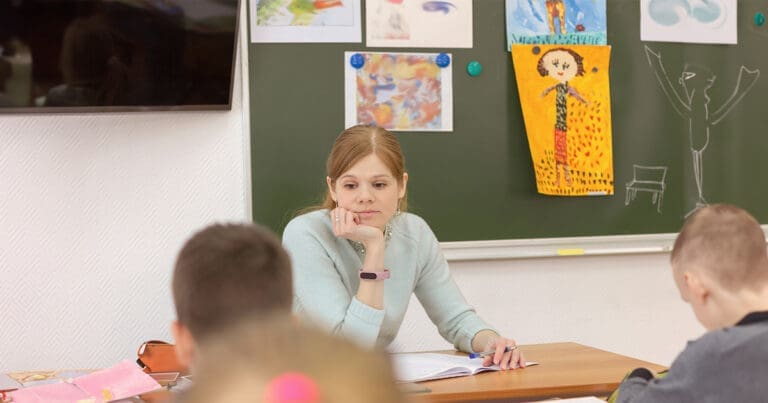When a student fails to finish and submit their work, are they demonstrating laziness? When a student bristles in response to a request to engage in a task, are they showing defiance? When a student shows little interest in what we are teaching, are they telling us that they do not want to learn? These may seem like innocuous and obvious questions. However, what we assume about the behavior of students can determine whether what comes next will be productive or a distraction. Will it be meaningful, or will it become a fruitless interchange?
Assumptions about the sources or causes of student behavior matter. What we assume about students drives how we engage with them. When we respond based on what we assume, we risk misinterpreting the behavior and even escalating the situation.
Even though we may be busy, stressed, or frustrated, we would do well to inquire and explore the cause before we decide how to respond to what may appear to be unacceptable or resistive behavior. Our words and actions set the tone for how students are likely to respond, too. If we approach students based on negative assumptions, we are likely to see more defensive, combative responses, even if the cause of the behavior was legitimate and understandable.
The truth is that how we choose to respond, and our corrective actions, are often more instrumental in how the situation will play out than what the student may have originally said or done. Let’s consider some examples of how student behavior may not be what it initially appears.
- We see what we think is the lack of motivation or evidence of laziness. In reality, what we might be seeing is the lack of organization or belief in the value of what we are asking the student to do. Or we may be seeing the results of learned helplessness. Pressing the situation based on an assumption of laziness may result in even more of the behavior and damage our relationship with the student.
- We see behavior that seems to signal a lack of interest in learning. What lies behind the behavior may be a lack of interest in or appreciation for the value and usefulness what the student is being asked to learn. It could be that the student lacks the skills necessary to learn what is expected and finds it safer to show disinterest than risk being exposed as not currently having the capacity to learn the material. Exploring the larger context for the behavior can lead to new insights and a more effective correction strategy.
- We encounter a student who exhibits frequent disruptive and unacceptable behavior. We may think that the student is trying to undermine our authority, so we may be tempted to take a punitive approach to correcting the behavior. Yet, what we may be seeing is a defense mechanism to avoid the pain of failure. It might be a response to difficulties forming relationships with adults. Or, we may be seeing a need for attention, but the student does not believe that positive attention is possible. Unless we understand what is driving the behavior, success in correcting it will be difficult to achieve.
When the cause of a student’s behavior is not clear or obvious, consider a four-step process to guide your response:
- Resist taking immediate reaction. Even a few seconds can provide crucial time to consider whether you need to explore further or act in response.
- Review the circumstances under which the behavior seems most often to occur. You may need to collect some data and chart instances and trends.
- Arrange a private conference with the student to share what you have observed and data you have collected. Not all students are aware of what might be driving their behavior, but the combination of student perspective and data can typically offer some useful hints.
- Use the observations you have made, data you have collected, and the perspective of the student to formula a plan going forward. Where possible, involve the student in formulating, implementing, and monitoring the effectiveness of the strategy.
Without question, student behavior can be a mystery. However, the mystery is part of the meaning and magic of working with young people. Our challenge is to search for what may be behind the behavior and be thoughtful and strategic in how we respond.
Reference:
DeBruyn, R.L., & Larson, J.L. (2021). You can handle them all (3rd ed.). The Master Teacher.



